Is Revision Rhinoplasty Dangerous?
Facial Plastic Surgery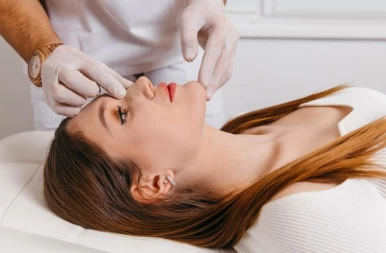
Rhinoplasty, also known as nose job and nose shaping surgery, is a major cosmetic surgery that aims to change the shape of the nose by making the nose bigger or smaller, changing the angle of the nose concerning the upper lip, making the tip of the nose smaller, etc.
Nose surgery can also be performed for medical purposes such as improving breathing, removing polyps, and treating chronic allergies. Although rhinoplasty is an effective procedure, not all patients are satisfied with its results; therefore, they undergo another surgery called revision rhinoplasty. Addressing the safety concern, it's important to note that while any surgical procedure carries inherent risks, revision rhinoplasty is generally considered safe when performed by skilled and experienced surgeons.
This essay discusses all aspects of revision rhinoplasty and provides useful tips.

What Is Revision Rhinoplasty?
In some cases, patients are disappointed with the final shape of their noses after a nose job, which is usually called failed rhinoplasty. Also, some patients get persistent breathing issues after the operation as the surgeon makes the air passageways too slim or changes the nasal skeleton incorrectly. In these situations, the patient should undergo revision rhinoplasty, secondary rhinoplasty, and revision nose job. The nose is reshaped again in this surgery, and all its deformities are corrected.
Who Should Get Secondary Rhinoplasty?
As mentioned earlier, people dissatisfied with their nose's shape and function may consider a bad nose job and should get secondary rhinoplasty (corrective rhinoplasty surgery) after a nose reshaping surgery. If you have one of the following problems, you are a good candidate for a secondary nose job:
- Short nose;
- Nasal hump;
- Pinched nasal tip;
- Breathing problems, especially when sleeping;
- Nasal deviation;
- Nasal tip being too low or up;
- Visible scars or keloids;
- Saddle nose;
- Nasal tip bosses;
- Pollybeak deformity;
- Asymmetrical nostrils.

Revision Nose Job Benefits
The benefits of a revision nose job are much the same as those of the primary one. Some of the most prominent advantages of rhinoplasty include the following:
Improving facial appearance by correcting nasal deformities
During the revision nose job, all the deformities of the nose -whether caused by a birth defect or initial rhinoplasty- are corrected. As a result, you will have a more balanced face and feel better about your look.
Improved breathing
One of the main aims of revision rhinoplasty is to minimize the breathing problems caused by primary surgery. Therefore, sometimes, the surgeons perform revision rhinoplasty together with septoplasty to remove all the nasal obstructions and inflammations.
Making a face more symmetrical
Asymmetrical nostrils can be a common issue that individuals may experience after a bad nose job. This occurs when one nostril appears higher or wider than the other, creating an imbalance in the overall appearance of the nose. Asymmetrical nostrils can be both physically and emotionally distressing for the individual, as it can draw unwanted attention to the nose and affect their self-confidence. It is important for individuals who have undergone a bad nose job to seek the assistance of a skilled plastic surgeon who can help correct the asymmetry and restore a more natural and harmonious look to the nose.
Boosting self-confidence
Since the nose is located in the middle of the face, it is the first thing that catches the eye. A well-shaped nose makes your face look more beautiful and revitalized, and it increases your self-confidence.
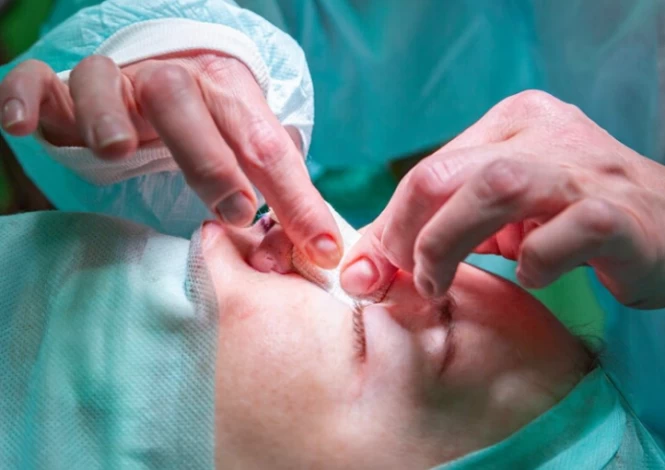
What to Do Before Revision Rhinoplasty?
The preparation process for corrective rhinoplasty surgery is very similar to the primary nose job. However, consider the following tips before undergoing a revision nose job:
- Choose a new surgeon. To avoid any further treatment, you should find a skilled and experienced surgeon who is capable of reshaping your nose in the way you desire;
- Prepare a detailed medical history. In your file, mention your allergies, current medications, and how long ago you performed the previous surgery;
- Make an appointment with the new surgeon and ask about your operation's procedure, results, and side effects. In the consultation session, you should also mention why you didn't like the outcome of the previous surgery and discuss your expectations with the surgeon;
- Plan for the surgery's recovery period. Revision rhinoplasty is more challenging, and its healing takes longer than the original surgery. Therefore, you'd better prepare for a two-week recovery by asking someone to take care of you and your children, making different kinds of food, storing them in the fridge, taking a couple of days off, etc.
- Avoid smoking and drinking alcohol. Tobacco and alcohol interfere with the healing process and can cause high blood pressure, nosebleeds, nasal inflammation, etc., after the surgery. Thus, you must avoid them for at least a month before the surgery.
- Stop taking blood thinners and herbal supplements. Blood thinners such as aspirin and Advil, herbal medicines, and certain medications should be used only with the doctor's permission because they can cause bleeding during and after the revision rhinoplasty.
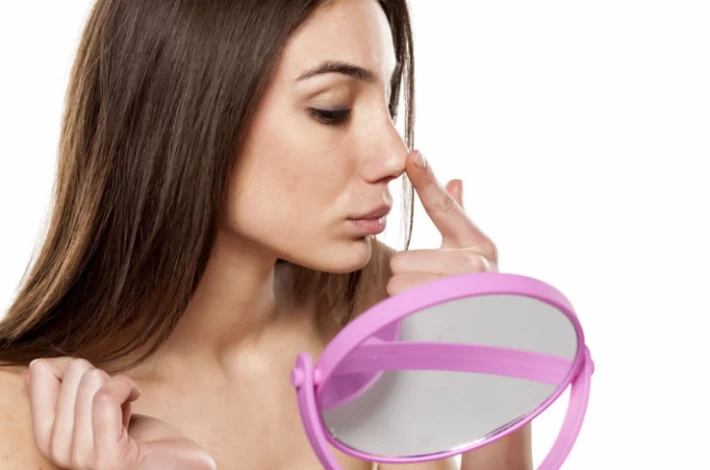
Revision Rhinoplasty Procedure
A revision nose job is much more challenging and riskier than initial surgery because the surgeon should cut the former scar tissues and changes in previously treated areas. The procedure of revision rhinoplasty is quite the same as the primary one, with one additional step:
- Revision rhinoplasty is a major operation and is done under general anesthesia. So, first, the surgeon administers anesthesia and puts you to sleep.
- Since the skeleton of the nose should be modified in revision rhinoplasty, the surgeon has to lift the nasal skin by cutting the area beneath the nostrils.
- Depending on your expectations and the severity of your nasal problems, the surgeon may add extra cartilage to your nasal structure to support the tip and bridge of the nose, open the airways, or restore the nose's form. This cartilage can be taken from your ear, rib, or nasal septum.
- When the changes have been made, the surgeon puts back the nasal skin, stitches the incision site, and wraps your nose with splints and bandages. As revision rhinoplasty is an inpatient procedure, you should stay at least a night at the hospital to be monitored by your healthcare providers.
Revision Rhinoplasty Recovery
Revision rhinoplasty healing time lasts two to six weeks, depending on your health condition, the extent of the surgery, skin type, and how well you take care of your nose after the operation. While there is no definitive revision rhinoplasty recovery timeline, you can shorten the post-surgery recovery period by following these postoperative instructions:
- Have a healthy diet and avoid having spicy and allergen foods;
- Take the prescribed medications on time and as your doctor has suggested;
- Drink plenty of water;
- Do not smoke until you are fully recovered;
- Avoid taking any medication, vitamin, or supplement at your discretion;
- Avoid heavy activities such as swimming, running, biking, lifting heavy objects, and bending over for four weeks;
- Apply cold compress on the operated area to minimize the revision rhinoplasty swelling;
- Keep your head elevated while sleeping for a week.
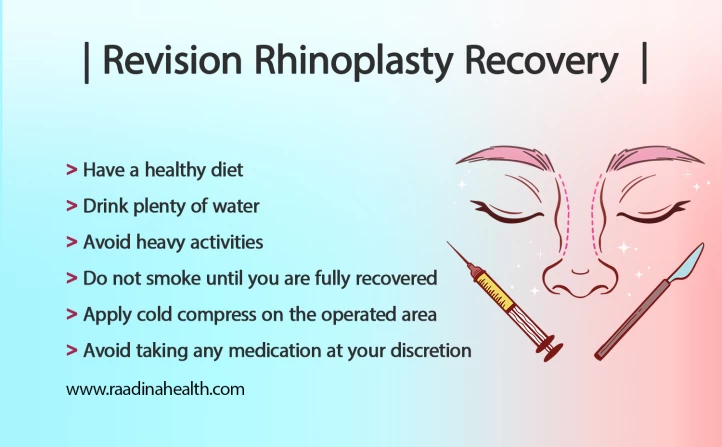
Does Revision Rhinoplasty Take Longer to Heal?
Generally, revision rhinoplasty may take longer to heal than the first rhinoplasty. This is because the tissues in the nose have already been operated on and may be scarred or altered from the previous surgery. Additionally, revision rhinoplasty often involves more complex techniques and adjustments, which can increase the healing time. However, each individual's healing process can vary, and factors such as overall health, surgical technique, and post-operative care can also influence the healing time. It is important to consult with a qualified plastic surgeon for a personalized assessment of your specific situation.
Secondary Rhinoplasty Results
One of the essential points about secondary rhinoplasty results is that you must be realistic and not expect perfection. Fixing smooth cartilage in a stable position is hard; even skilled surgeons sometimes fail. However, you can expect a much better appearance and improved breathing after secondary rhinoplasty. Keep in mind that the recovery period of revision rhinoplasty is longer. The final results will appear almost a year after the operation, i.e., after the swelling has subsided and the tissues have healed.
Revision Rhinoplasty Success Rate
Although studies and statistics show that the success rate of revision rhinos ranges from 5% to 10%, most patients who have undergone it are satisfied with its results. Experienced rhinoplasty surgeons will give you enough information about the possible results of your surgery. They will not perform if they estimate a low success rate for your operation.
The success rate of revision rhinoplasty depends mainly on the severity of your breathing disorders, the amount of graft available, how long has passed since your previous operation, the amount of scar tissue in and around your nose, the experience and expertise of the surgeon, and how well you take care of your nose following the surgery.
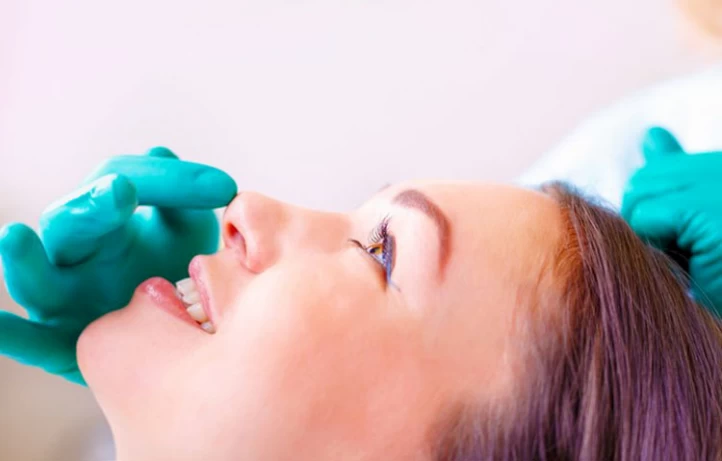
How long after the first rhinoplasty can I get a revision rhinoplasty?
Although many would like to undergo revision rhinoplasty as soon as possible, the surgeons recommend waiting 6 to 12 months (depending on your skin type and the extent of the primary nose job) before getting it. The reason for waiting that long is that the swelling and inflammation of the former operation should subside, and the previous scars should heal completely. Also, in some cases, when the patients see the final result of the surgery, they find it acceptable and refrain from doing the secondary rhinoplasty.
Non-Surgical Revision Rhinoplasty
A liquid rhinoplasty is a minimally invasive cosmetic procedure designed to enhance the nose's appearance without surgery. In this non-surgical approach, dermal fillers, often containing hyaluronic acid, are strategically injected to reshape and refine the nose. This quick and low-downtime procedure offers a temporary solution for individuals addressing concerns such as nasal asymmetry, bumps, or depressions. Results are immediate, but it's important to note that they are temporary, lasting several months to a couple of years, depending on the specific filler used.
Revision Nose Job Risks and Complications
Despite being a more challenging procedure, a revision nose job has quite the same complications as the primary one. In the following, several risks and complications of this surgery are mentioned:
Infection
Sometimes, the surgeon uses artificial cartilage and implants to restore the nasal structure. Although rare, these implants may cause infection. The main symptoms of nasal infection are abnormal swelling and pain, high fever, bad smell in the nose and mouth, and green pus from the wounds. The risk of infection (and toxic shock syndrome) is higher when sinus surgery and rhinoplasty are combined.
Skin problems
The rare side effects of revision rhinoplasty are skin atrophy, discoloration, numbness, and fibrosis.
Bleeding
During the revision nose surgery, small blood vessels in the nose may be damaged, which causes nosebleeds after the surgery. To avoid heavy bleeding, you should avoid taking blood thinners such as aspirin and ibuprofen and blowing or touching your nose.
Swelling and bruising
Swelling and bruising are the most common complications of a revision nose job. Fortunately, the bruising goes away two to four weeks after the surgery, but the swelling after rhinoplasty may persist longer.
Undesirable result
In 5 to 15% of cases, the patients are not satisfied with the result of their secondary rhinoplasty either. Some common nasal deformities after this surgery include an elevated nasal tip, abnormal nasal dorsum, wide tip, and short nasal bridge.
Scarring
Nose job scars and discoloration of the scars are more common in secondary nose jobs than in the primary ones because the incisions are made on the previously operated tissues and skins in the second operation.
Revision Rhinoplasty for Removing Scar Tissue
Several large scars often develop on and inside the nose after primary rhinoplasty. The inner scars, which usually form between the cartilage and skin, may cause breathing difficulties, while the outer ones can distort the shape of the nose. So, many patients with atrophic scars and keloids undergo revision rhinoplasty to remove these scars. However, this operation is very complicated and requires the delicacy and expertise of a skilled plastic surgeon.
Conclusion
In sum, Iran is one of the main destinations for those wanting rhinoplasty. Iranian plastic surgeons are experienced in nose jobs, and you can rely on their expertise in getting revision rhinoplasty because they perform thousands of nose surgeries annually. For more information on the cost and the best rhinoplasty surgeons in Iran, contact Raadina Consultants.
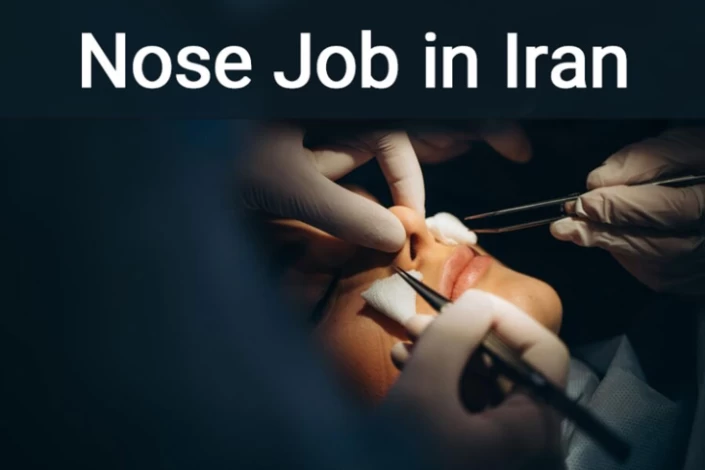
FAQs on Revision Rhinoplasty
Can revision rhinoplasty look natural?
The main purpose of revision rhinoplasty is to improve the function of the nose and change its shape to look more natural and proportioned after the initial rhinoplasty. You can discuss your expectations and preferences with your doctor before the operation, but keep in mind that your surgeon should finally choose your nasal shape based on the structure of your nose.
What does a revision rhinoplasty involve?
Revision rhinoplasty involves reshaping and resizing the nose after an unsatisfactory rhinoplasty. In this operation, the doctor alters the internal and external structure of the nose once again in order to eliminate its defects and improve its function.
Will I need a graft for revision rhinoplasty? Why?
Whether you need a cartilage graft for revision rhinoplasty depends on the changes that should be made to your nose. You need a graft if your nasal passages are too narrow or your nose is shorter than usual. In most cases, surgeons use cartilage to reconstruct the nose properly.
Is revision rhinoplasty safe?
Yes. Revision rhinoplasty is challenging but safe, but you shouldn't underestimate its risks and complications.
Is there an age limit for revision rhinoplasty?
It is usually recommended not to get primary or secondary rhinoplasty before age 18.
Does secondary rhinoplasty have any risks?
Like any other major surgery, secondary rhinoplasty has possible risks, such as temporary loss of smell and taste, scarring, infection, skin discoloration, and prolonged swelling.
How can I find a good surgeon for revision rhinoplasty?
Finding a good surgeon for revision rhinoplasty is crucial to achieving desirable results. You can find an adept plastic surgeon by searching on the internet and reading other patients' comments, asking someone who has undergone this surgery and is satisfied with its results about their surgeon, checking the before/after pictures of different surgeons, and meeting reputable surgeons in person.
You can also contact us for more information about the revision rhinoplasty in Iran.
How long it takes for swelling to go down after revision rhinoplasty?
There is neither an absolute healing time nor a quick fix for rhinoplasty swelling. Usually, the inflammation in the nose and areas around it fully subside within 6 to 12 months. Still, you can see the results of your surgery even a week after the operation (when the splints are removed).
To minimize the swelling faster, drink plenty of water, avoid smoking and drinking alcohol, tape your nose as instructed, get enough sleep, avoid strenuous activities, and elevate your head when sleeping. Putting a cold compress on the swollen areas and injecting cortisone can help the body absorb swelling faster and better.




 WhatsApp
WhatsApp
 Telegram
Telegram
 Facebook
Facebook
 Email
Email

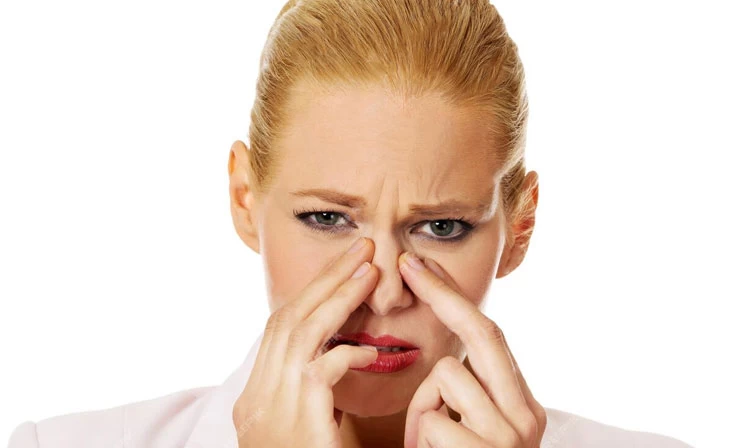
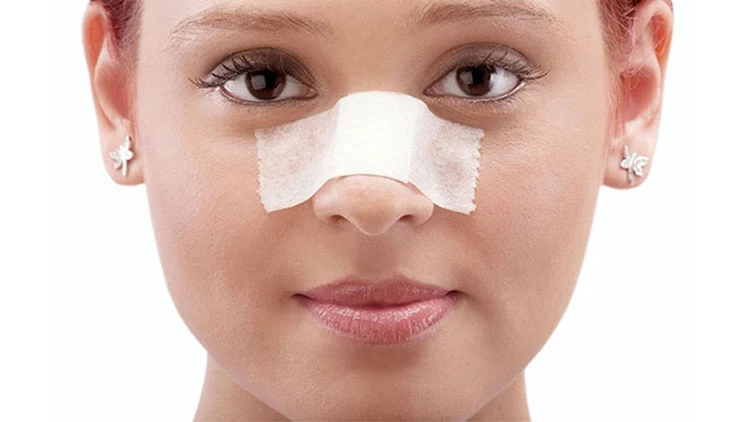
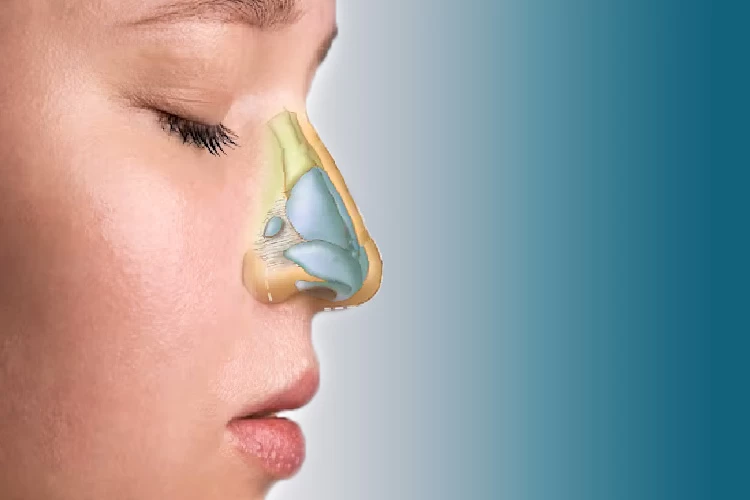
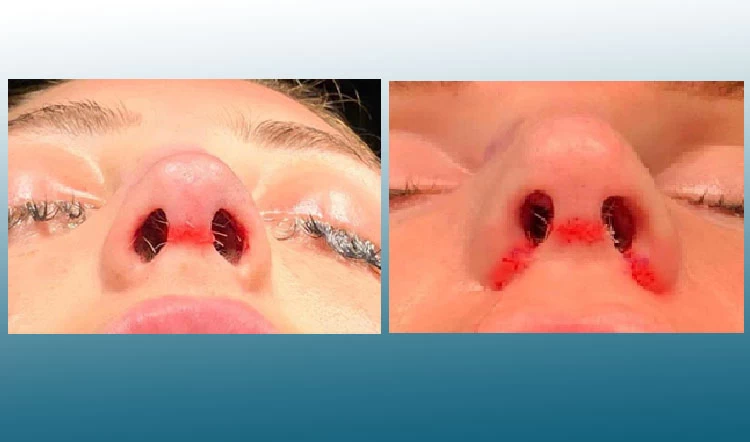
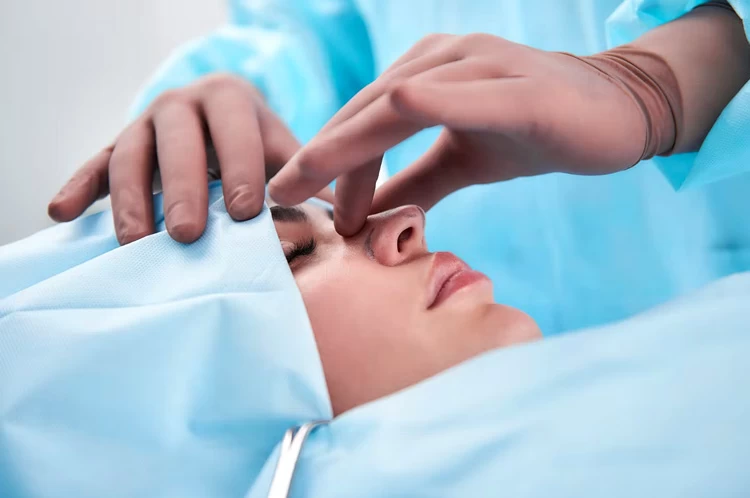
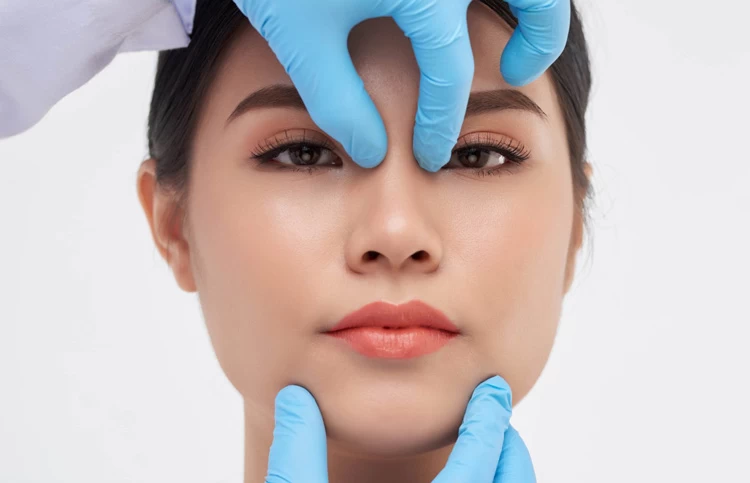
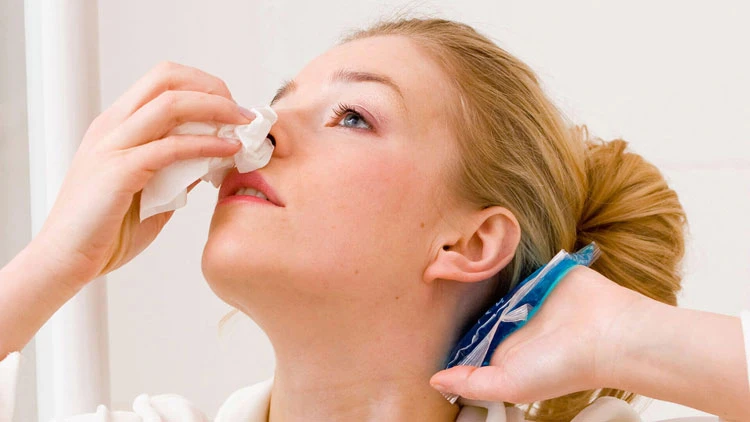

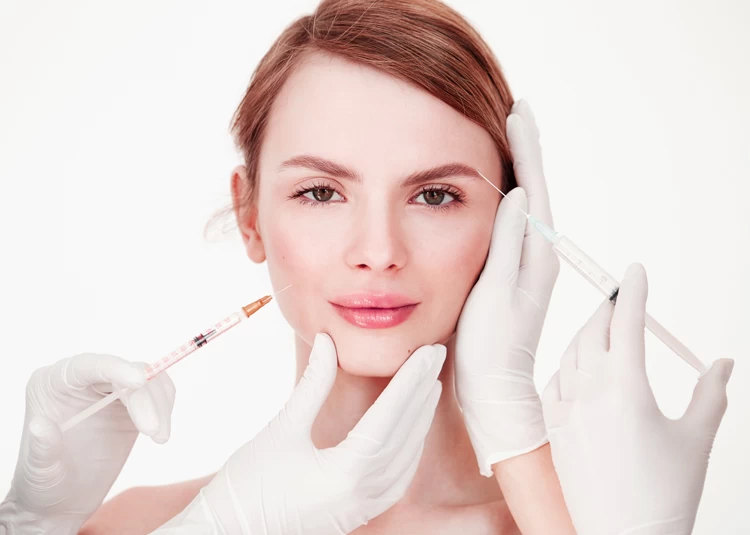
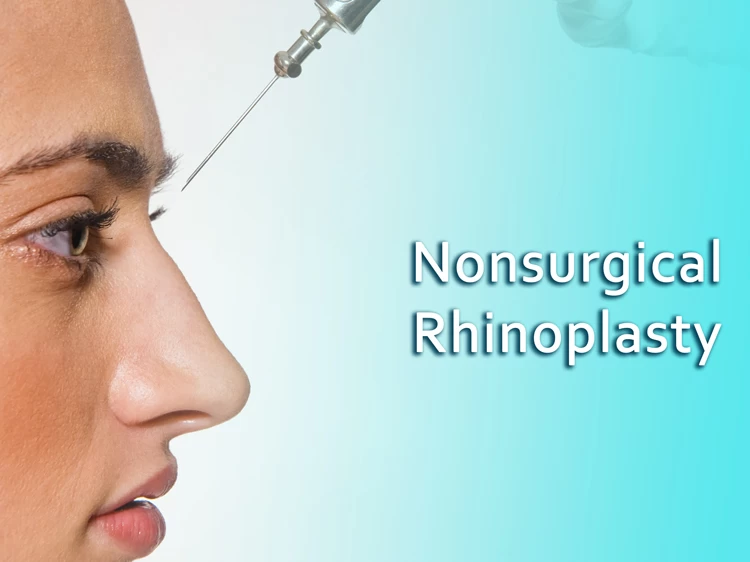
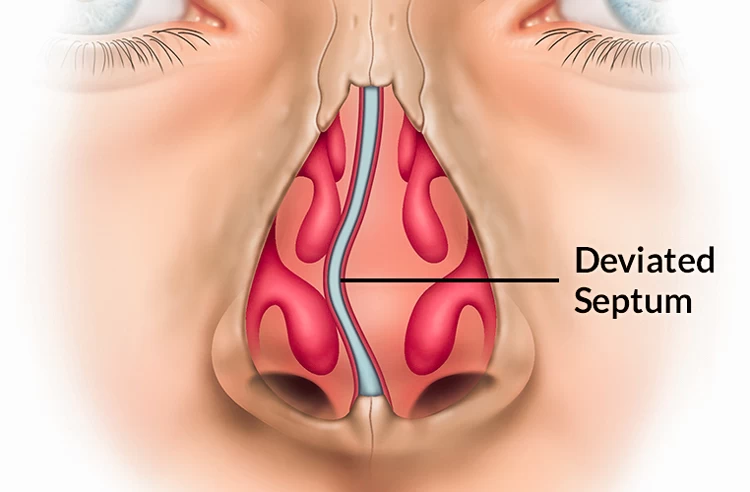
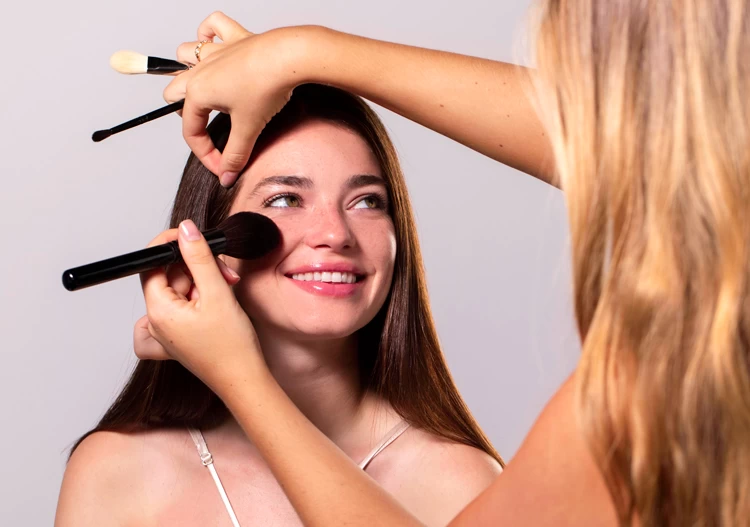
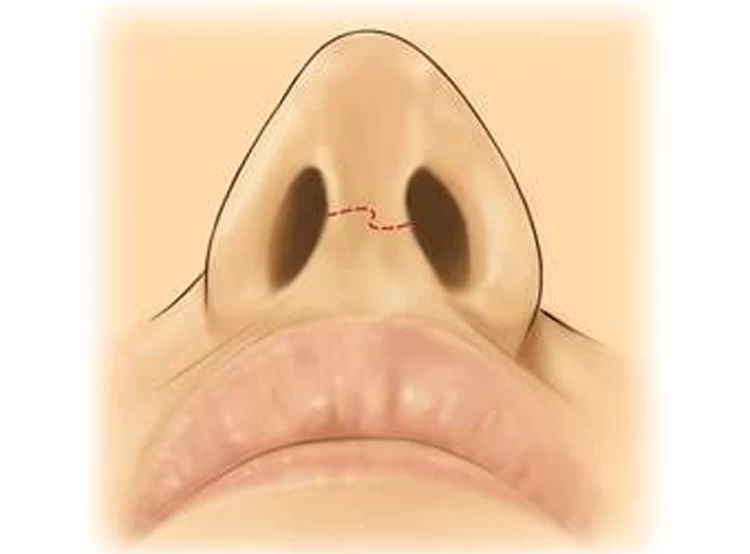
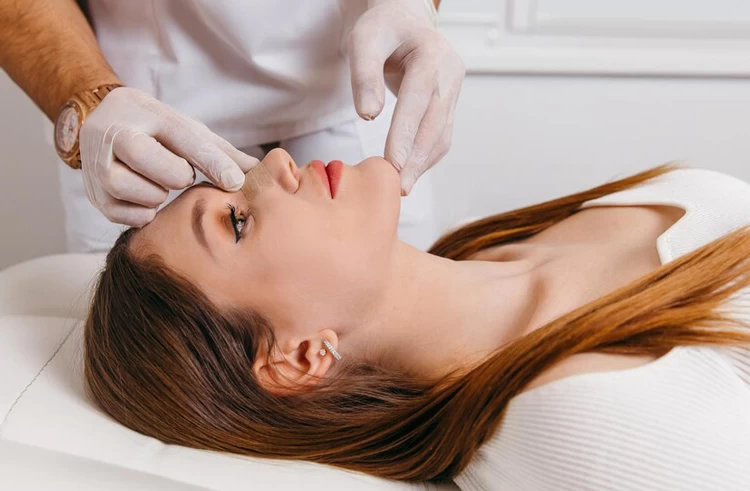


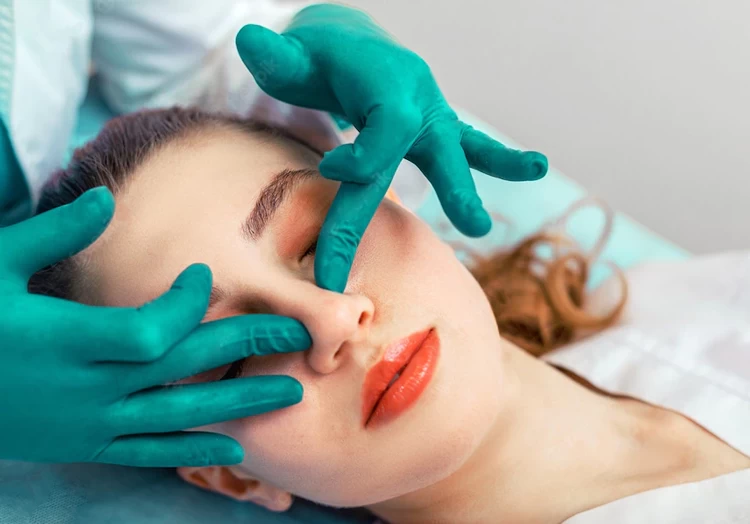
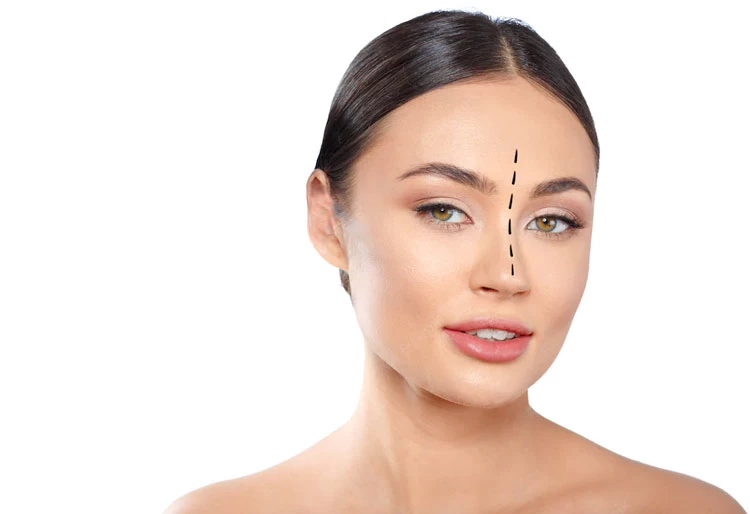


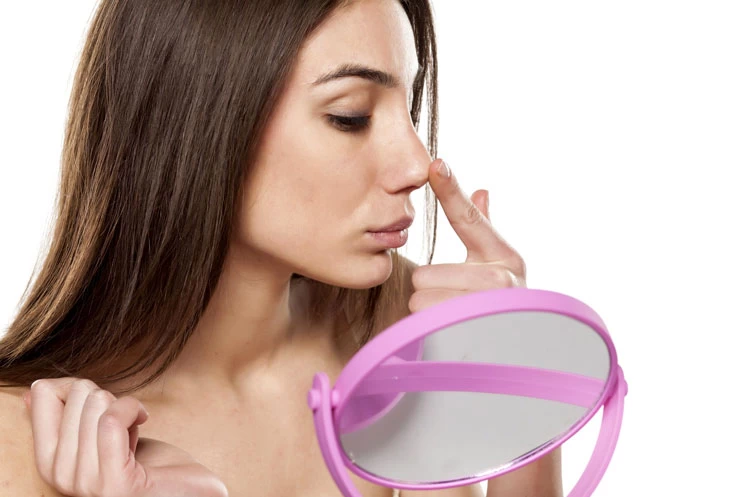
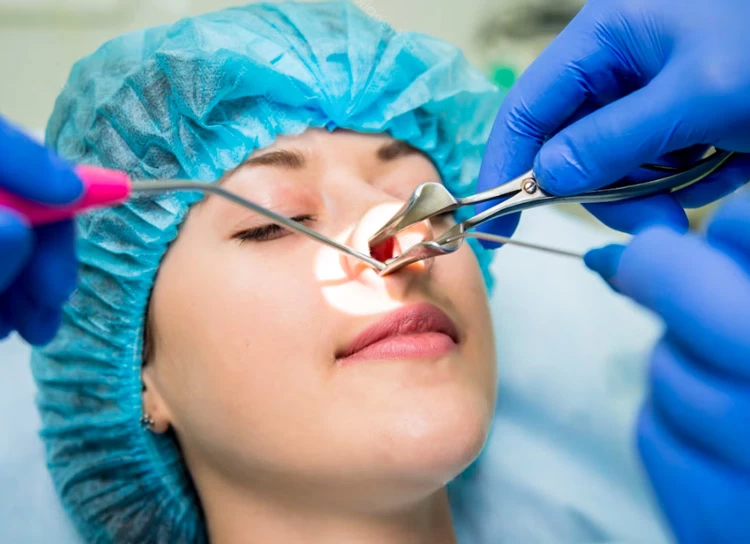
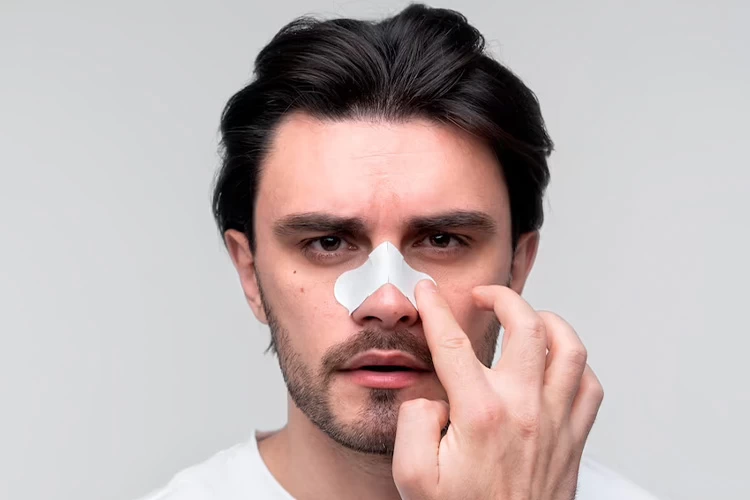
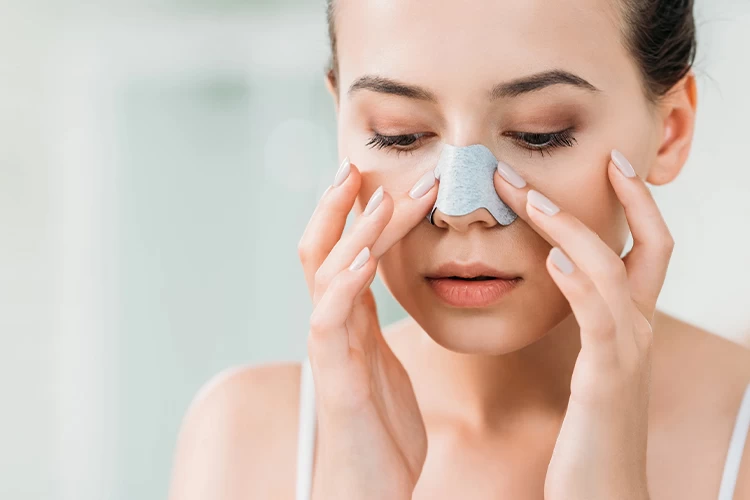



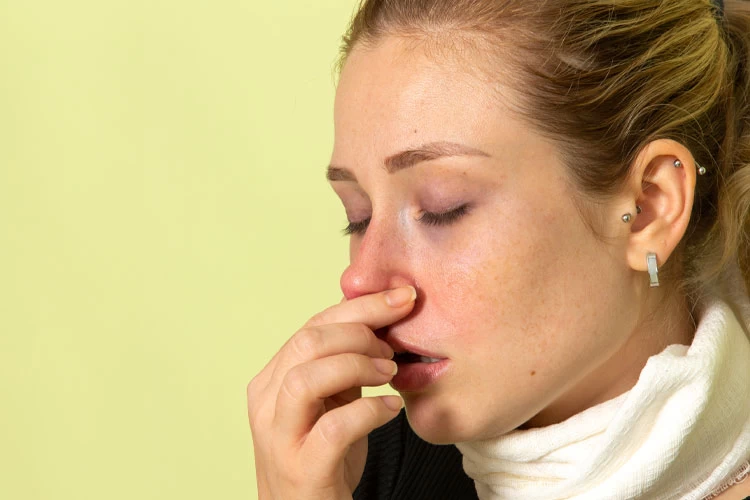
No reviews
Your comment